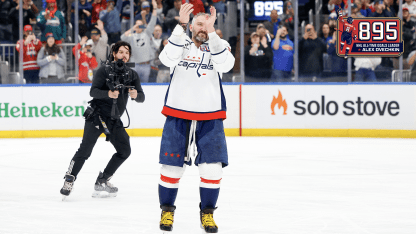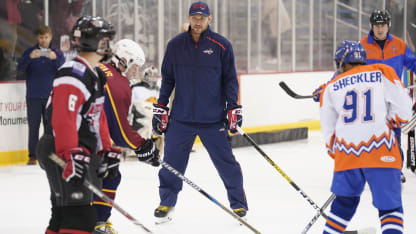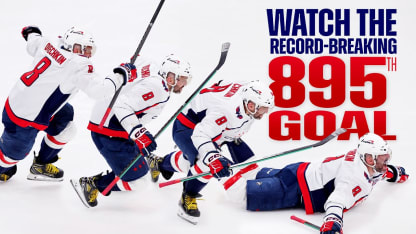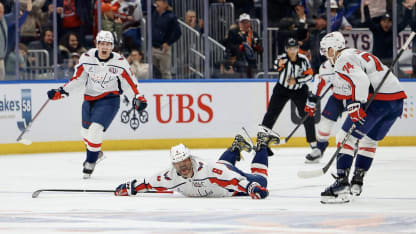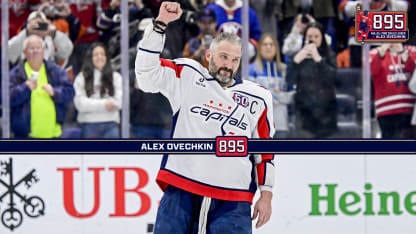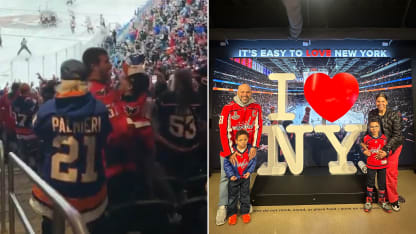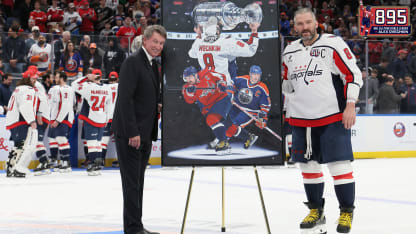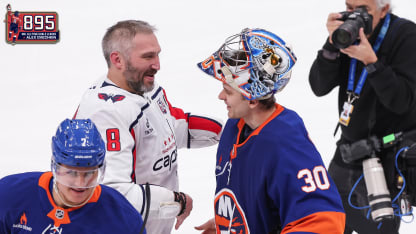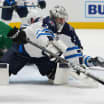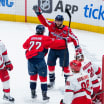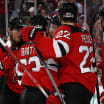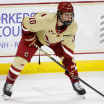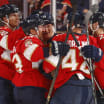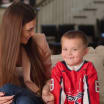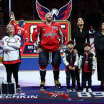The Capitals are working to keep the "Ovi Effect" going.
More than one million local elementary school students have participated in the Capitals Hockey School program. Available to students grades 1-8 at more than 1,600 schools, the program includes street hockey equipment, a custom curriculum and staff training.
The program, supported by the NHL/NHL Players' Association Industry Growth Fund, has donated 66,826 sticks, 2,992 nets, 44,240 balls and 12,568 pucks to participating schools.
More than 25,000 players have participated in a Capitals Youth Hockey event since 2019; and 9,000 players have been introduced to the sport since the Capitals launched its "Learn to Play" program in 2016. The program was offered to boys and girls in 21 rinks last season.
The Capitals have built or refurbished 14 outdoor inline/ball hockey rinks in the area due to increased youth hockey demand.
Former Capitals forward Jeff Halpern, who grew up in Potomac, Maryland, said hockey in the DMV has come a long way since he played as a youth.
"It was eight rinks and eight teams in the Capital Beltway Hockey League, kind of a small world that if you played hockey, you kind of knew everybody in one of those rinks or programs," said Halpern, now an assistant coach with the Tampa Bay Lightning. "I would say, 100 percent of all the grassroots that were being done, Ovechkin was right there.
"He was like a light to the whole thing and just set it ablaze."
Kendrick F. Ashton Jr. has seen the “Ovi Effect” as co-founder of the St. James, a massive Black-owned multisport facility in Springfield, Virginia, that has two NHL-sized ice rinks that opened in September 2018. Ovechkin loaned his star power, attending the facility’s groundbreaking in 2017 and skating with kids after it opened.
The St. James’ Under-14 girls’ Tier II hockey team won the 1A title at the 2025 Chipotle-USA Hockey Girls Tier II 14U National Championships in Coral Springs, Florida, on Sunday.
“It’s part of the ‘Ovi Effect,’ 100 percent.” Ashton said. “When I was growing up in the Washington area in the 80s and 90s, there were almost no girls were playing hockey. Now, we’ve got robust and growing girls’ hockey developmental ecosystem here in Washington. That’s a testament to the quality of the leaders we have here and the outgrowth of the popularity of Ovechkin.
“You have to give the Capitals credit of making Ovechkin available and relatable. He’s been such a charismatic, compelling, professional representative of the sport. He’s made hockey as popular as any of the other franchise in any other sport.”
